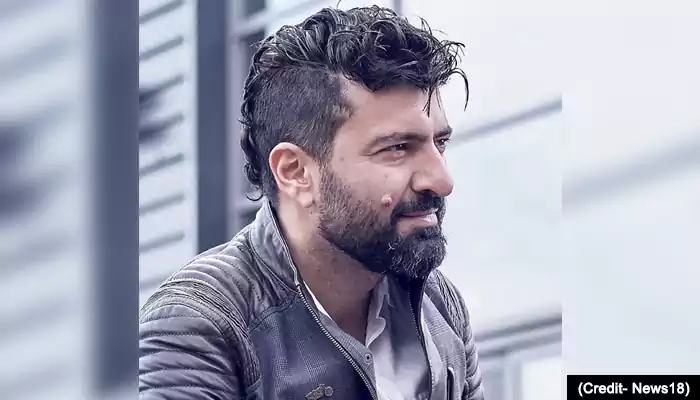
Wet behind the ears, a young Lal agreed to head Royal Enfield.
Royal Enfield, whose Indian division was once owned by Madras Motors, has always been an iconic motorcycle brand in India. However, the company’s sales took a plunge in the 1970s and 1980s when reliable, refined, and more economically viable Japanese motorcycles started entering India. By the 1990s, Royal Enfield was on the verge of shutting down.
In fact, in the 1980s, the Board for Industrial and Financial Reconstruction (BIFR), responsible for determining the financial health of companies before the National Company Law Tribunal, attempted to seek investors for Enfield, but the likes of TVS, Murugappa Group, and several others turned down the proposition.
Finally, it was Vikram Lal, the founder of Eicher Motors, who saw an opportunity with Enfield and became an investor in 1990. By 1993, Eicher Motors had acquired the majority stake to turn Enfield from a British brand into an Indian one. This story, though, isn’t about Vikram Lal but his son Siddharth Lal, who turned Enfield into a global motorcycle brand.
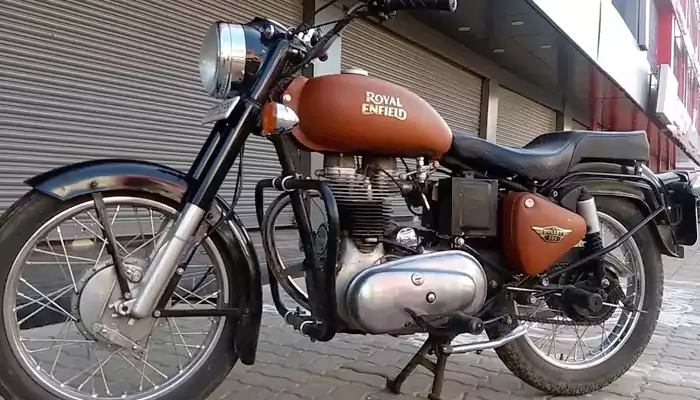
(Credit- BMC HD @YouTube)
Before moving on to Lal’s role, it is essential to understand that Royal Enfield is a significant part of India’s automotive history. The motorcycle had been a part of Indian streets long before the nation gained its independence, and after independence was achieved, it began serving in the Indian defence forces before gradually becoming a mass motorcycle for the upper class and elites.
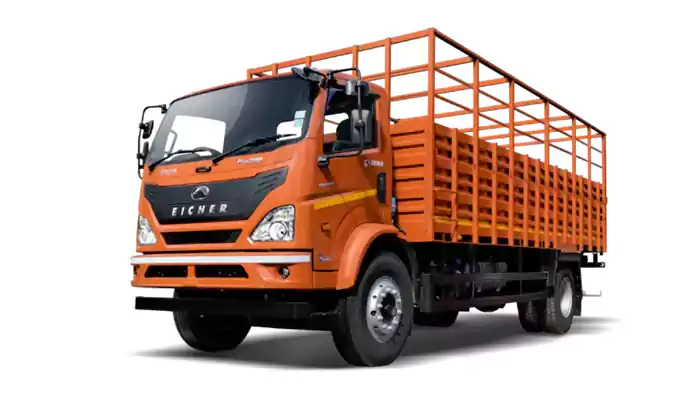
Initially, Vikram Lal had chosen Subodh Bhargava to lead Enfield, but even in the hands of Eicher, Enfield wasn’t able to recover. In fact, Eicher Motors itself wasn’t doing great with a diverse portfolio of 15 business lines. In 2000, Lal joined as the CEO of Royal Enfield, but simultaneously, he shut down 13 of Eicher’s 15 businesses, keeping only two alive—trucks and motorcycles. His idea was simple—to focus only on two businesses. This move allowed Lal to allocate all the resources to Eicher and Royal Enfield, enabling them to thrive.
Having spent time in England while pursuing his master’s degree in automotive engineering, he closely followed the works of other classic motorcycle brands, such as Triumph and Norton. Therefore, he had the idea of creating a classic work, especially at a time when India was emerging in the commuter sports genre.
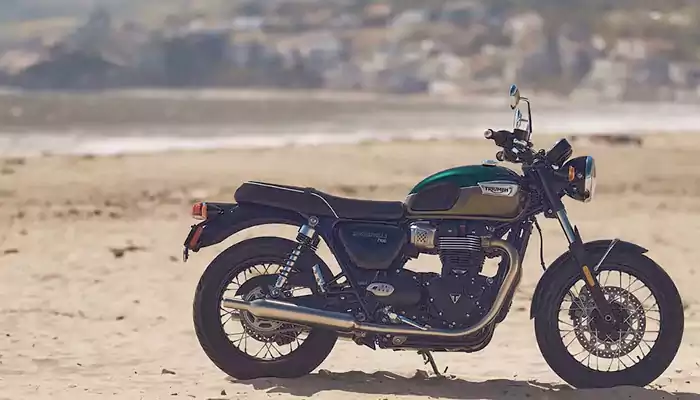
(Credit- Triumph)
In the 2000s, Enfield’s production line had the capacity to produce 6,000. However, the company was only producing 2,000 motorcycles. That’s when Lal decided to launch a few motorcycles; some were reworked and improved, while others were new. The Electra X, Thunderbird, and Thunderbird Triple Spark were some models, but these still didn’t do the magic Lal had hoped for.
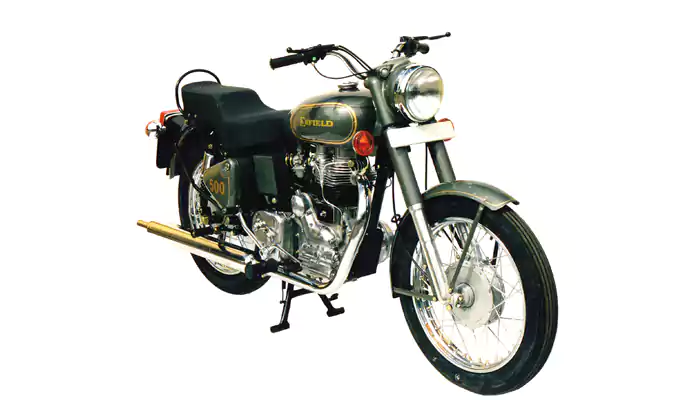
(Credit- Royal Enfield)
Finally, in 2009, Royal Enfield launched the Classic 500 (UCE), which became the company’s best seller. The UCE engine was also used in the Continental GT and Thunderbird, which also appealed to Indian motorcycle enthusiasts. After handling sales figures, Lal moved on to the next segment, namely, transforming Royal Enfield into a lifestyle brand from a motorcycle brand. During the UCE era, Lal acquired Harris Performance, a motorcycle design and fabrication firm, and opened Royal Enfield North America in Milwaukee, Wisconsin.
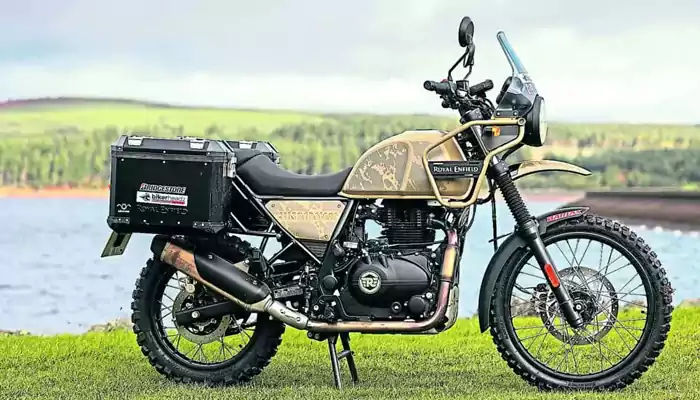
(Credit- Morebikes)
Lal realised that if Royal Enfield had to become a global name, it needed a motorcycle that would take its rider to every corner of the world, no matter how bad. People were scaling Leh & Ladakh on Classics and Thunderbirds, but they needed more comfort, space for luggage and pillion riders, and a motorcycle capable of handling the worst of the roads. In 2016, Royal Enfield launched the Himalayan 411, India’s first adventure tourer motorcycle. Even though the model had flaws, it wooed the Indian market.
Discover Royal Enfield apparel and accessories that express your passion for motorcycling. Walk into a Royal Enfield store near you or explore the complete range here: https://t.co/92zyzTrGD6#REGear pic.twitter.com/SSWyGpBYT2
— Royal Enfield (@royalenfield) July 4, 2018
(Credit- Royal Enfield)
Royal Enfield also entered the apparel industry in 2014, but it truly turned heads in 2018 and later, as riding gear started to become a growing industry in the automotive sector. Today, Royal Enfield offers a variety of apparel, including gear, helmets, t-shirts, and balaclavas. Not just apparel, in several cities and countries, Royal Enfield even has its own café for motorcyclists and organises trips to several places.
The brand, which was once a British company, has now put India on the global map of the motorcycle industry. Today, Royal Enfield has a huge fan following among foreign motorcyclists, demonstrating how far India has come in the world of motorcycles within 79 years of independence.